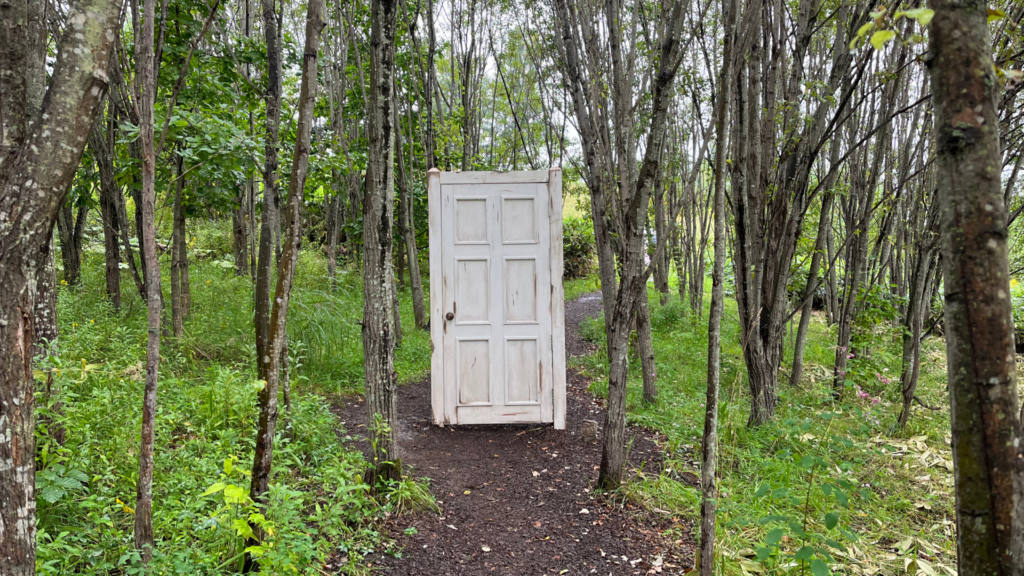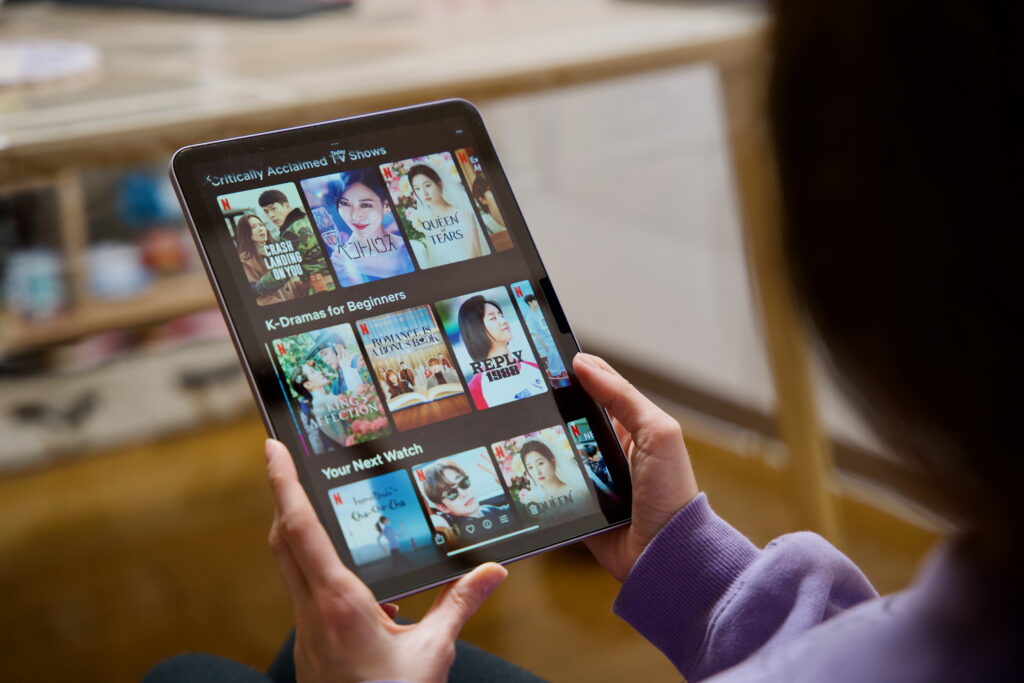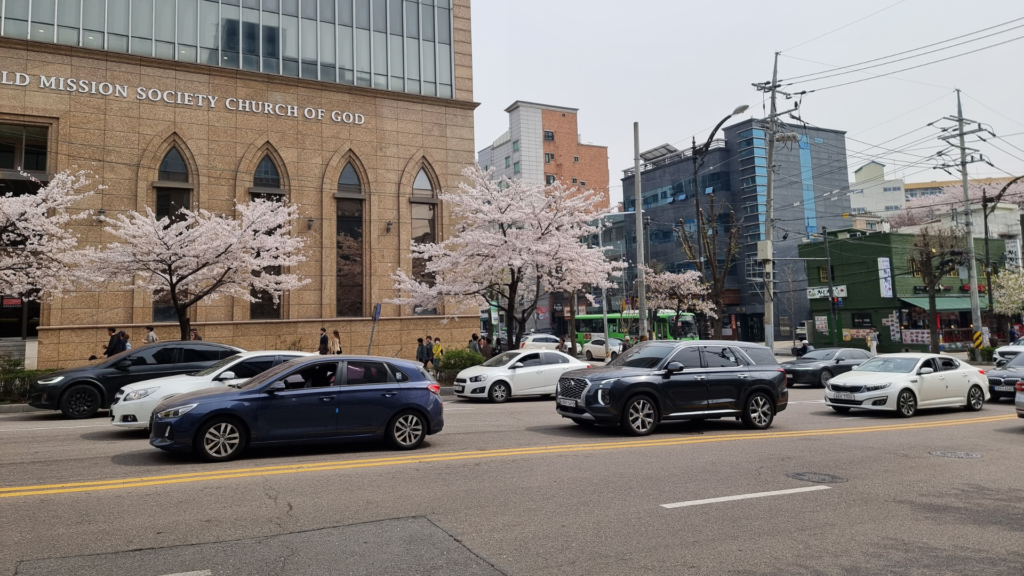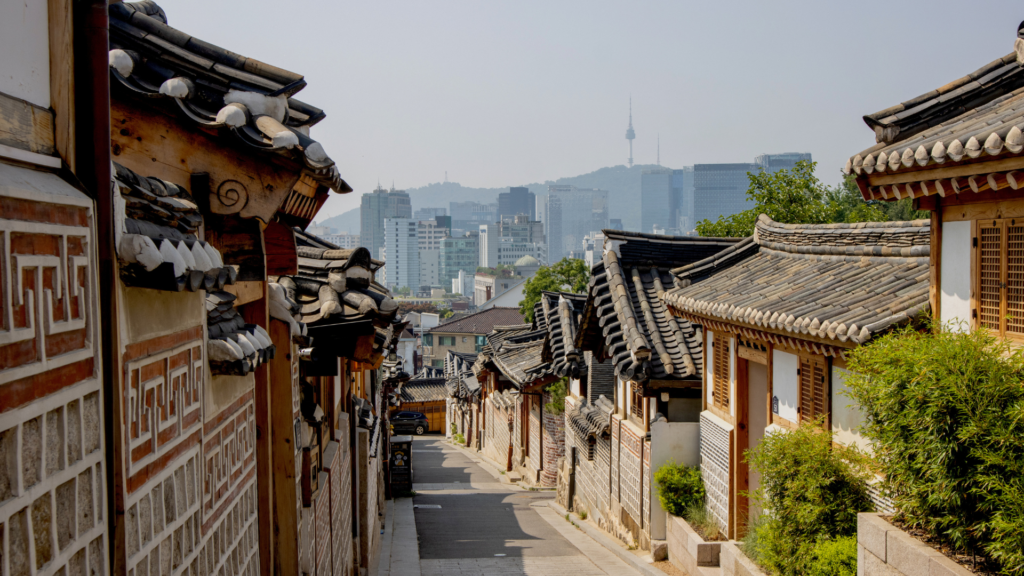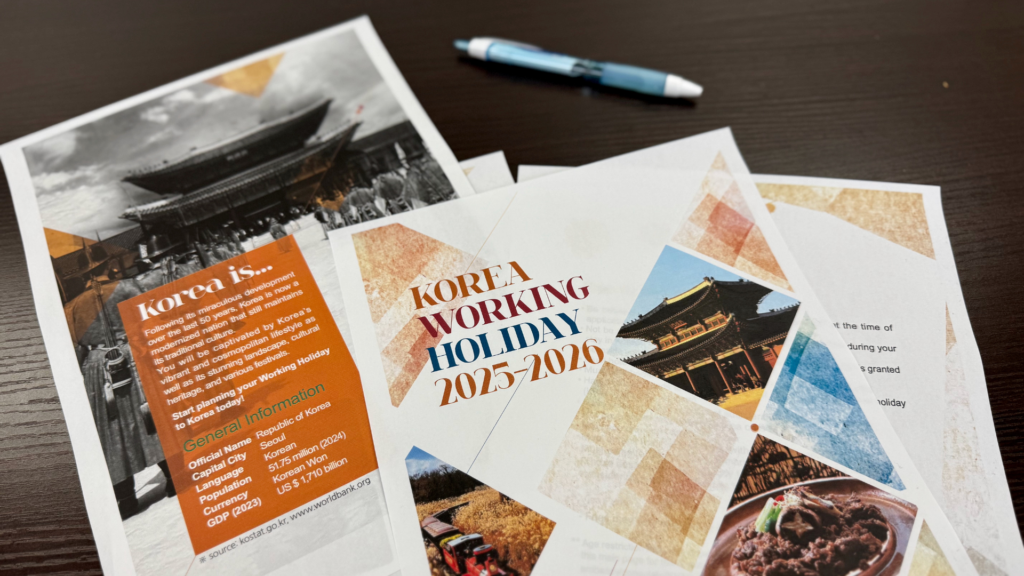Last update: August 2024
Korean is a language full of words and expressions that are used to greet others, both formal and informa. Curious to know what they are? In this article, we’ll explain the most common greetings and how to say hello in Korean.
Saying hello in Korean when meeting someone
Let’s start with the most common way of saying hello in Korean, which is used when greeting someone and is often accompanied by a bow, namely ‘안녕하세요‘ (annyeonghaseyo). This word is derived from the Korean adjective ‘안녕하다’ (annyeonghada) which means ‘to be at peace’ or ‘to be healthy’ – it is like asking each other to be at peace. For this meaning, you can often find a question mark following it, or in spoken language it might sound like a question. Often, it might happen that before a person responds to your greeting by also saying ‘annyeonghaseyo‘, they say ‘네’ (yes), to answer that they are fine. Sometimes, older people or those with higher rank than the speaker will just respond with a firm yes, so don’t worry if they don’t complete the whole greeting. It’s not rude or anything.
Although this word is already formal itself, there is also a variant of this, and can be heard on television or during official speeches or in a military environment. It is ‘안녕하십니까?’ (annyeonghashimnikka?).

Saying goodbye in Korean
We have seen how to say hello in Korean. On the other hand, there are two ways of saying goodbye and they change depending on what the speaker is going to do. If we are leaving and the other person stays where they are, we should say ‘안녕히 계세요’ (annyeonghi gyeseyo) which literally means ‘be at peace’. On the other hand, when another person leaves and we stay in a certain place, we should then say the following expression ‘안녕히 가세요’ (annyeonghi gaseyo), which in this case means ‘go in peace’. The latter expression is also used when both speakers have to leave.
Finally, to people of higher rank than you, it is also possible to say ‘다음에 뵙겠습니다’ (daeume boebgesseumnida), meaning ‘see you next time’ or ‘goodbye’.
Between friends, the matter becomes much easier because you can use informal language. A simple ‘안녕’ (annyeong) is enough to say goodbye, both when seeing each other and when leaving each other. Other expressions such as ‘잘 가’ (jal ga), ‘다음에 봐’ (daeume bwa), ‘또 만나’ (tto manna), basically mean ‘go well’ or ‘see you next time’, and are commonly used when saying goodbye.

Saying hello in Korean in the working environment
There is no doubt that greetings in the Korean language also play an important role in the work environment. If you’ll be working part-time in Korea, at a restaurant, coffee shop, or any other business, it’s a good idea to greet customers with words like ‘어서오세요’ (eoseo-oseyo) or ‘반갑습니다’ (bangabseumnida), which mean ‘welcome‘ and ‘nice to meet you’ respectively. Company employees, or any other kind of workers, are used to saying ‘좋은 아침입니다’ (joeun achimimnida) as soon as they arrive at their workplace in the morning, which literally translates into ‘it’s a good morning’.
However, if you go to other places where people are working, such as a police station, a company, or anywhere else (sometimes you can even hear it in 24-hour convenience stores), although ‘annyeonghaseyo’ is fine too, it is more appropriate to use another term in a circumstance where it is important to acknowledge the hard-working employees. To show your respect, you can say ‘수고하십니다’ (sugohashimnida) or ‘수고 많으십니다’ (sugo maneushimnida), words that carry the meaning of ‘you are doing hard work’.
At the end of the day, when everyone has finished their work and taken their leave, the same verb can be used but in the past tense. Examples are ‘수고하셨습니다’ (sugohashyeosseumnida) or ‘수고 많으셨습니다’ (sugo maneushyeossumnida), which mean ‘you have done hard work’. In addition, there is also the variant ‘수고하세요’ (sugohaseyo) which is used to wish others to keep up the good work (it is used when the speaker leaves a certain place where someone is working).
Finally, the language used between friends is simpler compared to formal language. To say ‘keep up the good work’ just use ‘수고해’ (sugohe), and when someone (who is close to you) has finished what they were doing, you can use ‘수고했어’ (sugohaesso).

Other types of Korean greetings
There are also other special expressions to say hello in Korean. Wherever you are, if you have to run an errand and then return to your original location, rather than annyeonghi gyeseyo, it is more appropriate to say ‘다녀오겠습니다’ (danyeo–oghesseumnida) in formal settings or ‘다녀올게’ (danyeo–olke) among friends, which basically means ‘I’m going and then I’ll come back’. Formal respondents usually say ‘다녀오세요’ (danyeo–oseyo), while informal respondents say ‘다녀와’ (danyeo–wa), which means ‘go and come back’. When you come back after doing an errand or whatever, you can say ‘다녀왔습니다’ (danyeo–wasseumnida) in formal settings and ‘다녀왔어’ (danyeo–wasso) among acquaintances. The meaning is precisely, ‘I’m back’.
Finally, we’ll also point out some other commonly used expressions. If you want to say good night to someone during a leave of absence, you can say ‘안녕히 주무세요’ (annyeonghi jumuseyo) to older people, and ‘잘 자’ (jal ja) to friends. To ask someone if they slept well, on the other hand, you use 안녕히 주무셨어요? (annyeonghi jumushyeossoyo?), while in informal language we use ‘잘 잤어?’ (jal jasso?).
Finally, when you meet up again with a person you haven’t seen in a long time, Koreans often use an expression that we could translate as ‘how long has it been since (we haven’t seen each other)’. This expression varies depending on who is in front of you. If you are intimate you can say ‘오랜만이야’ (orenmaniya), whereas if you wish to be formal then you should use ‘오랜만입니다’ (orenmanimnida).
As you can see, there are many greetings and ways of saying hello in Korean, and they vary depending on the context and situation. When you’re in formal situations, remember to bow slightly while saying one of these phrases, whereas with friends there’s no need to. These completely different ways of expressing yourself may seem tricky, but don’t worry. You’ll get the hang of it with just a little bit of practice and learn how to use them properly in Korea!
If you enjoy Korean culture, continue reading our blog articles, check out our TikTok account, and contact us with questions about living and studying in South Korea.

